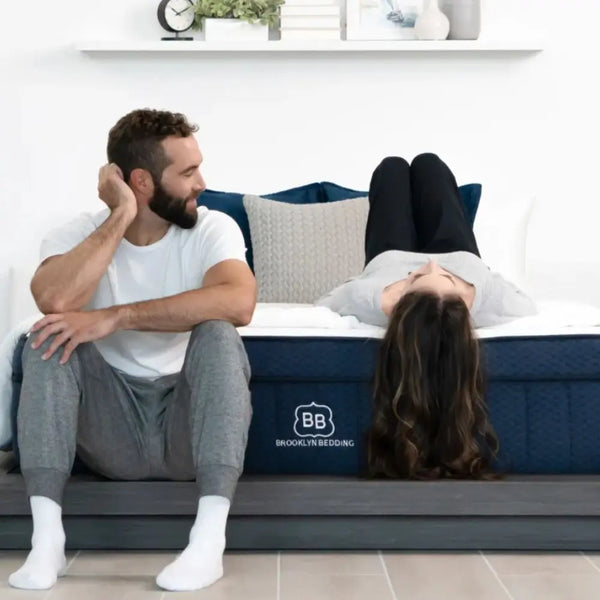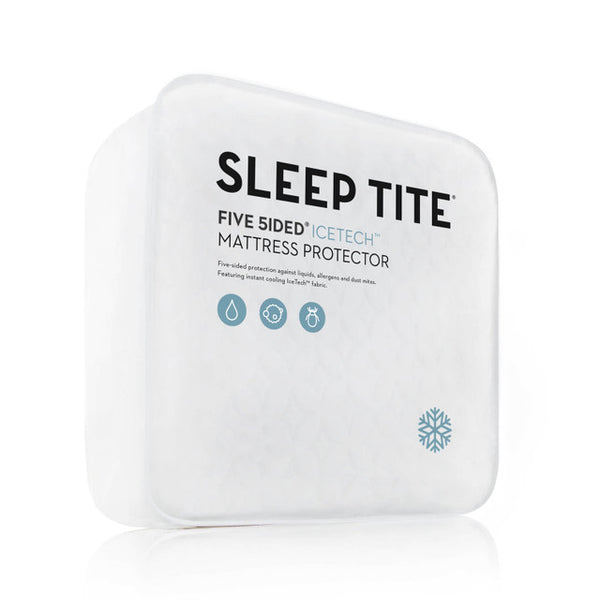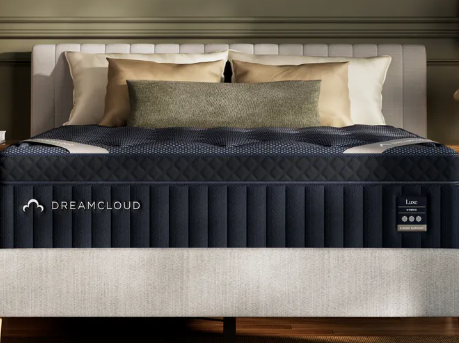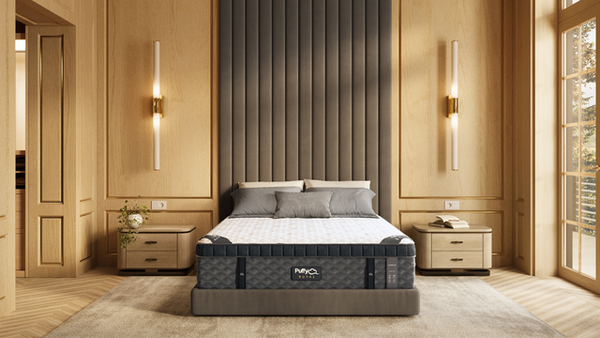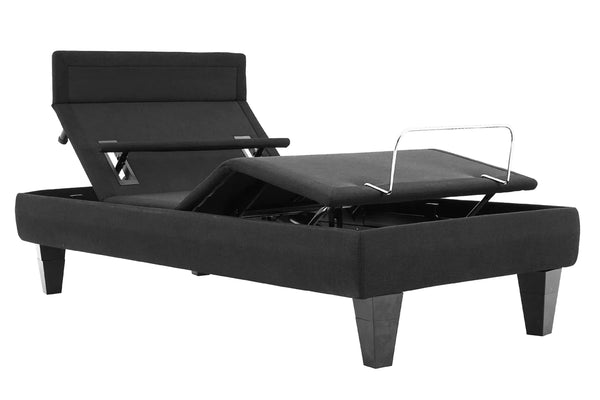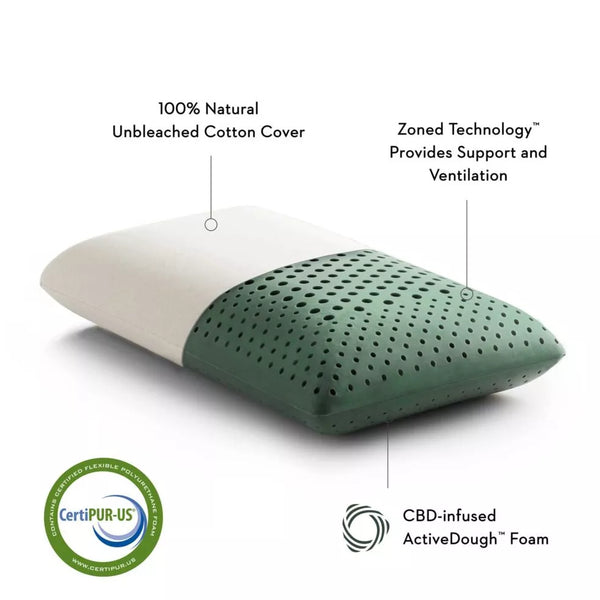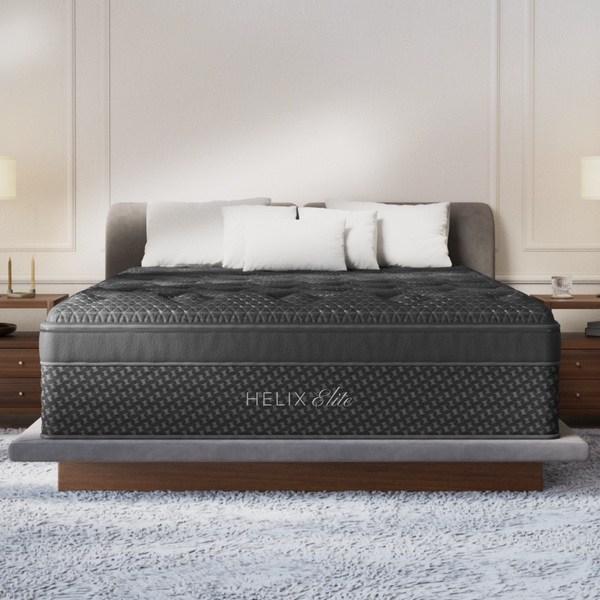
When it comes to a good night's sleep, the mattress you choose plays a crucial role. The right mattress can significantly enhance your sleeping experience, ensuring that you wake up refreshed and rejuvenated. With many options available, two popular types of mattresses often arise in discussions: innerspring and memory foam. In this comprehensive guide, we'll explore the fundamental differences between these mattress types, helping you make an informed decision about which one suits your sleep style best.
What Are Innerspring Mattresses?
Innerspring mattresses are one of the oldest mattress types on the market, providing reliable support through a system of coils or springs. They are designed to provide a bouncy, firmer feel, which many individuals prefer. Here’s a closer look at what defines an innerspring mattress:
Core Construction
The core of an innerspring mattress typically consists of steel coils that work together to support your body weight. The arrangement of these coils can vary, with some mattresses featuring:
- Bonnell Coils: The traditional hourglass-shaped coils that are connected, providing a less conforming feel.
- Continuous Coils: Made from one continuous wire, these coils allow for more durability and uniform support.
- Pocketed Coils: Individually wrapped coils that reduce motion transfer and provide targeted support.
Comfort Layers
Innerspring mattresses are often topped with comfort layers made from materials like foam, fiber, or latex. These layers add softness and cushioning, contributing to a more comfortable night’s sleep. However, the level of comfort can vary significantly between different models.
Advantages of Innerspring Mattresses
Innerspring mattresses come with a host of benefits, including:
- Affordability: Generally, innerspring mattresses can be more cost-effective than memory foam options, making them an excellent choice for budget-conscious shoppers.
- Breathability: The coil structure promotes airflow, preventing overheating and keeping you cooler throughout the night.
- Strong Support: The spring system can provide a significant amount of support, especially for heavier individuals.
- Easy to Move On: Their bounciness allows for easier movement, which is particularly beneficial for those who change positions frequently during sleep.
What Are Memory Foam Mattresses?
Memory foam mattresses have gained immense popularity in recent years, thanks to their unique characteristics and advancements in technology. Known for their contouring abilities, memory foam mattresses provide a different sleep experience compared to innerspring options.
Material and Composition
Memory foam is made from a dense polyurethane material that has been modified to enhance its viscosity and density. This structure allows the mattress to conform to the body's shape and distribute weight evenly. Over the years, several types of memory foam have emerged:
- Traditional Memory Foam: Offers great contouring and pressure relief but can retain heat.
- Gel-Infused Memory Foam: Incorporates gel beads or layers to help regulate temperature and provide a cooler sleep experience.
- Open-Cell Memory Foam: Features a more breathable design that promotes airflow and reduces heat retention.
Support and Comfort
Memory foam mattresses offer excellent support and pressure relief by molding to an individual's unique shape. This quality makes them particularly appealing to side sleepers, as they help reduce pressure on the shoulders and hips.
Advantages of Memory Foam Mattresses
When considering a memory foam mattress, you can expect several advantages:
- Pressure Relief: The conforming nature of memory foam allows for excellent pressure distribution, reducing stress points on the body.
- Motion Isolation: Memory foam excels at minimizing motion transfer, making it an ideal choice for couples who may disturb each other during the night.
- Durability: High-quality memory foam mattresses typically last longer than traditional innerspring mattresses, providing better long-term value.
- Variety: With numerous options available, you can choose a memory foam mattress that perfectly matches your comfort and support preferences.
Making the Right Choice for You
Choosing between an innerspring and a memory foam mattress comes down to personal preferences and sleeping styles. Here are some considerations to help guide your decision:
Sleeping Position
Your primary sleeping position can strongly influence which mattress type will serve you best:
- Side Sleepers: Typically benefit from the pressure relief provided by memory foam, as it accommodates the curves of the body. This helps to avoid pain in the hips and shoulders.
- Back Sleepers: Both mattress types can work well, but many find that a medium-firm innerspring mattress offers the right balance of support and comfort.
- Stomach Sleepers: Generally prefer firmer mattresses that prevent the spine from sagging, with many opting for innerspring options.
Temperature Regulation
If you tend to sleep hot, consider the mattress's ability to regulate temperature. Innerspring mattresses generally have better airflow, while some memory foam options come with cooling technologies to counteract heat retention.
Allergies and Sensitivities
Memory foam mattresses tend to be hypoallergenic and resist dust mites, making them a great option for allergy sufferers. In contrast, some innerspring mattresses may use materials that can provoke allergic reactions.
Consider Your Budget
Price is always a significant factor in the mattress buying process. Generally, innerspring mattresses tend to be more budget-friendly, whereas memory foam options, particularly those with advanced features, can be more expensive. Be sure to examine your budget and find a quality mattress that meets your needs without breaking the bank.
Durability and Longevity
Innerspring mattresses often last between 5 to 10 years, depending on the quality of materials used. On the other hand, high-quality memory foam mattresses can last upwards of 10 years or more, making them a worthy investment if you prioritize durability.
Sleep Trials and Warranties
Before making a final decision, it’s imperative to consider sleep trials and warranties offered by manufacturers. Many companies provide sleep trials lasting anywhere from 30 to 120 nights, allowing you to test the mattress in the comfort of your own home. Understanding the warranty can also offer peace of mind, protecting your investment in case of manufacturing defects or premature wear.
Your Perfect Sleep Refuge Awaits
Deciding between an innerspring and a memory foam mattress does not have to be overwhelming. By understanding the key differences, advantages, and considerations associated with each type, you can better align your choice with your unique needs and preferences. At The Sleep Loft, we have a wealth of resources to help you find the perfect mattress to transform your sleeping experience. Remember, a good mattress is not just an investment in your bedroom—it's an investment in your well-being. Happy sleeping!

